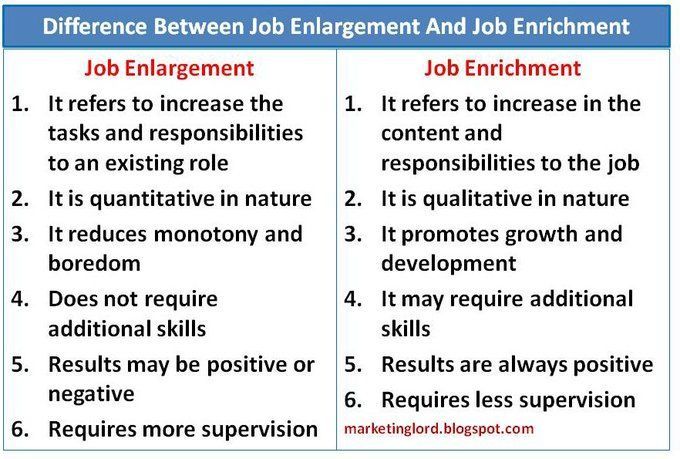Unlocking the Future of Hiring: Predictive Analytics in Recruitment
Recruitment is a critical process that determines the success of any organization. In an increasingly competitive job market, finding the right talent is more challenging than ever. However, with the advent of predictive analytics, the recruitment landscape is undergoing a transformative shift. By harnessing the power of data and advanced analytics, predictive analytics is revolutionizing how organizations attract, identify, and hire top talent. In this blog, we explore the remarkable potential of predictive analytics in recruiting and how it is reshaping the hiring process.
Understanding Predictive Analytics in Recruiting:
Predictive analytics in recruiting involves utilizing historical data, statistical algorithms, and machine learning techniques to predict the future success of candidates in specific job roles. By analyzing various data points, such as resumes, social media profiles, past job performance, skills, and assessments, recruiters can gain valuable insights into a candidate's potential fit within an organization.
Key Applications of Predictive Analytics in Recruiting:
Predictive analytics has several key applications that significantly impact the recruitment process:
- Candidate Sourcing: Traditional recruitment methods often rely on manual screening of resumes and applications, which can be time-consuming and prone to human bias. Predictive analytics streamlines the sourcing process by utilizing algorithms that identify and rank potential candidates based on their qualifications, skills, and compatibility with the desired job requirements. This approach helps recruiters focus their efforts on candidates with the highest probability of success.
- Skill Gap Analysis: Predictive analytics enables recruiters to analyze the skills and competencies required for a particular job role and identify any gaps within their candidate pool. By understanding these gaps, recruiters can develop targeted training programs or modify job descriptions to attract candidates who possess the necessary skills or potential to acquire them.
- Candidate Assessment: Traditional interviews and assessments provide limited insights into a candidate's true potential and fit within an organization. Predictive analytics offers a data-driven approach to candidate assessment by analyzing past performance, behavioral patterns, and assessment results. This helps recruiters gain a more comprehensive understanding of a candidate's abilities, strengths, and weaknesses, leading to better-informed hiring decisions.
- Retention and Success Prediction: Predictive analytics can also aid in predicting a candidate's likelihood of long-term success and retention within an organization. By analyzing historical data of successful employees and correlating it with candidate attributes, recruiters can identify patterns that indicate the potential for future success. This information enables organizations to make informed decisions and focus on hiring candidates who align with their long-term goals.
Benefits of Predictive Analytics in Recruiting:
Implementing predictive analytics in recruiting offers numerous benefits to organizations:
- Enhanced Hiring Accuracy: Predictive analytics provides recruiters with a more accurate assessment of a candidate's fit for a specific job role. This leads to better-informed hiring decisions, reducing the risk of mismatches and increasing the likelihood of successful hires.
- Time and Cost Savings: By automating certain aspects of the recruitment process and utilizing data-driven insights, predictive analytics helps streamline the hiring process, saving time and resources. Recruiters can focus their efforts on candidates with the highest potential, resulting in reduced time-to-hire and lower recruitment costs.
- Reduced Bias: Human bias can unconsciously influence the recruitment process, leading to unfair practices and missed opportunities. Predictive analytics helps mitigate bias by objectively assessing candidate qualifications and potential, ensuring a more inclusive and diverse candidate pool.
- Improved Retention Rates: By accurately predicting a candidate's potential for success and fit within the organization, predictive analytics can contribute to higher employee retention rates. Hiring candidates who are more likely to thrive in their roles enhances job satisfaction, engagement, and long-term commitment.
Challenges and Ethical Considerations:
While predictive analytics brings significant advantages to the recruitment process, it is crucial to address potential challenges and ethical considerations. Protecting candidate privacy, ensuring data security, and combating algorithmic biases are essential aspects that organizations must prioritize. Transparency in data usage, regular audits of predictive models, and ongoing monitoring can help mitigate these concerns.
The Future of Predictive Analytics in Recruiting:
As technology advances and organizations increasingly embrace data-driven decision-making, the future of predictive analytics in recruiting looks promising. Integration with artificial intelligence, natural language processing, and real-time data analysis will further enhance the accuracy and efficiency of candidate evaluation and selection. Additionally, the growing availability of diverse data sources, such as social media profiles, online portfolios, and professional networks, will provide recruiters with richer insights into a candidate's potential.
Conclusion
Predictive analytics is reshaping the recruitment landscape, empowering organizations to make more informed hiring decisions. By leveraging data and advanced algorithms, recruiters can identify the best candidates, reduce bias, and enhance the overall quality of hires. As predictive analytics continues to evolve, organizations must embrace this transformative approach while ensuring ethical practices and addressing potential challenges. With predictive analytics as a powerful ally, organizations can unlock the potential of top talent and drive success in a competitive job market.
Source: https://www.linkedin.com/pulse/unlocking-future-hiring-predictive-analytics-recruitment-linkus1/


